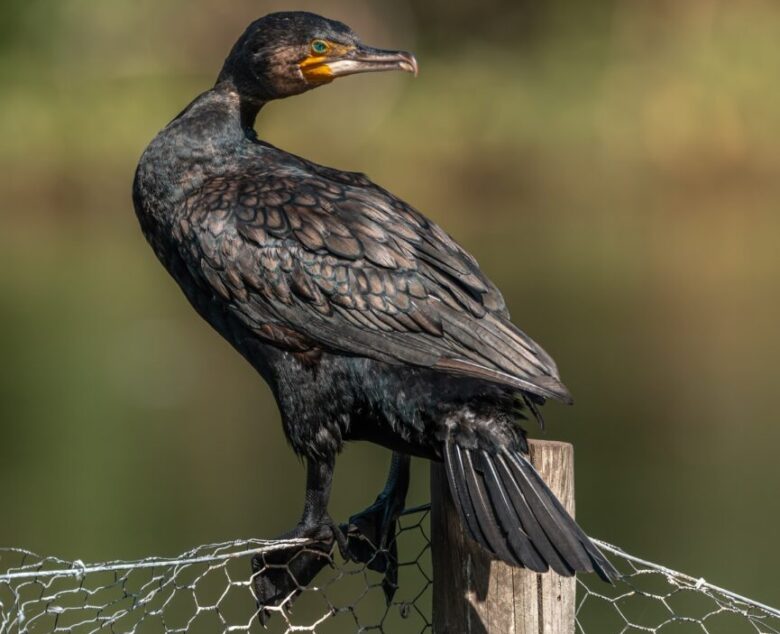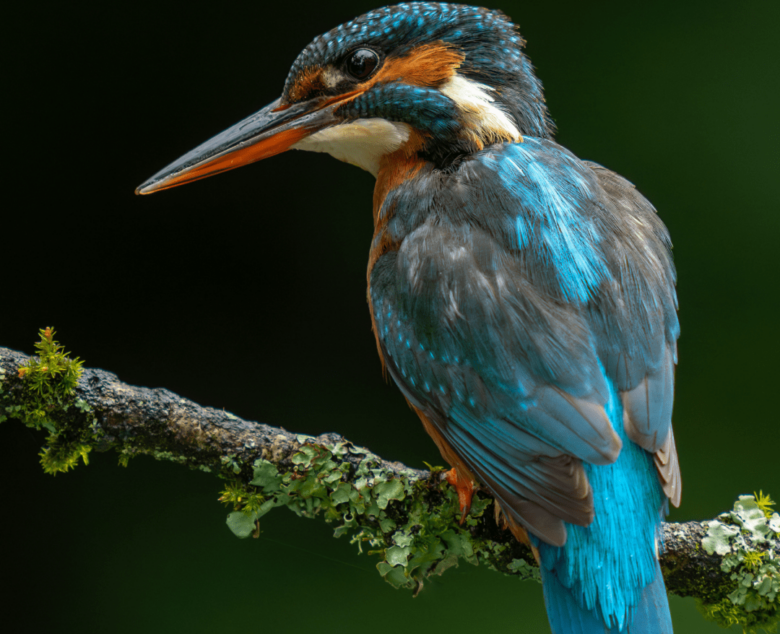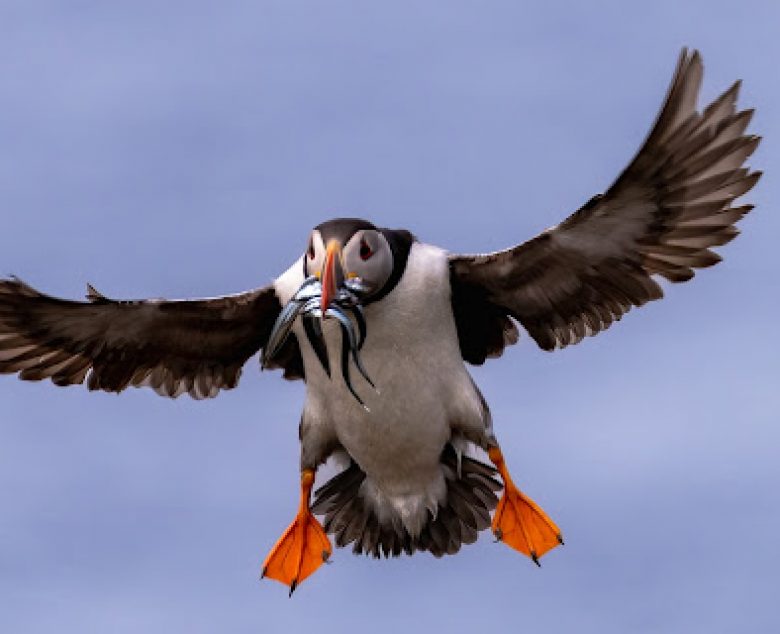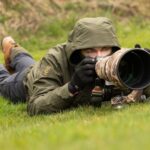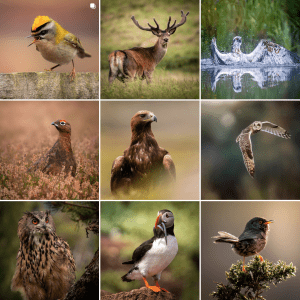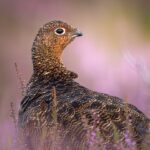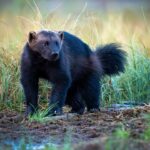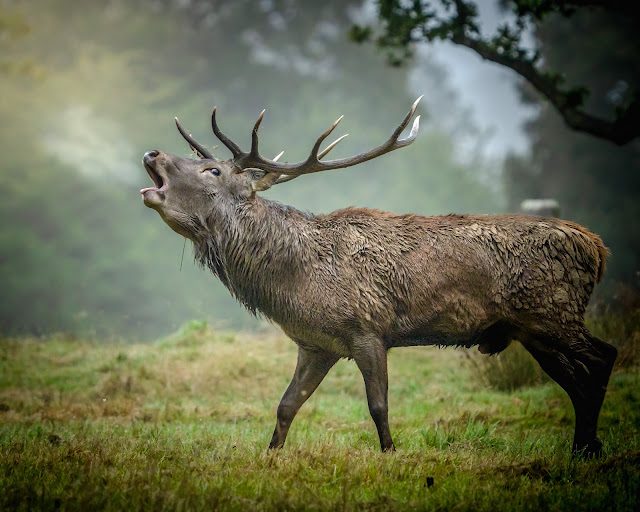
Photographing Red Deer In Great Britain
Red deer (Cervus Elaphus) GB population 350,000
Height 110-120cm Weight unto 225kg Lifespan upto 25 years
“I love to photograph Red deer, they are such a majestic animal with a fascinating history.”
Red deer are the largest wild terrestrial mammal in Britain. The male antlers can grow up to a metre across and are a status symbol of strength, rarely used as weapons. They are a reddish-brown colour in the summer and start to look grey in the winter. The females are solitary when giving birth, but then gather into herds with their young and non breeding males.
I usually make two trips to Scotland each year to see them in the wild of the highlands but I am also lucky to live near three of the Great Parks in England that have Red deer roaming free which can make great practice for the wild trips and I can also choose a nice early morning to go (when it’s not raining).When you’re in Scotland you have no control over the wild weather that rolls in over the mountains.
Windsor is home for 500 deer, Richmond has 630 Red and Fallow deer and Bushy park in Hampton court has 320. It’s worth getting up early to avoid the crowds disturbing the deer, and the sunrise light is always the most dramatic. I prefer Windsor park, it’s nearer to me and there’s usually less members of the public trying to get close with their iPhones!
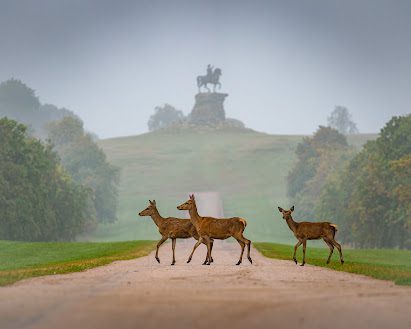
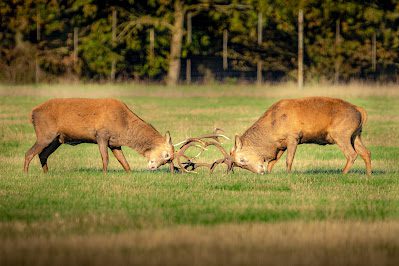
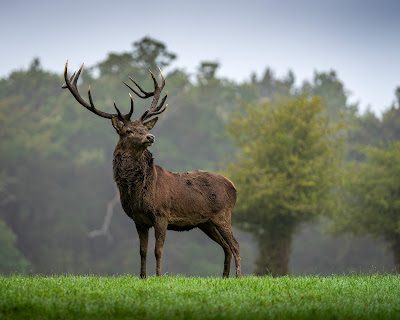
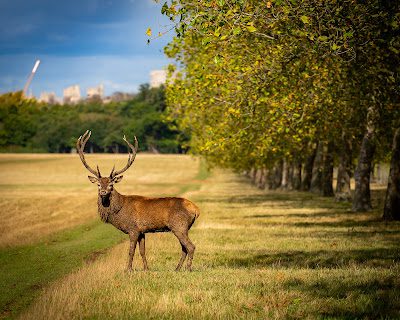
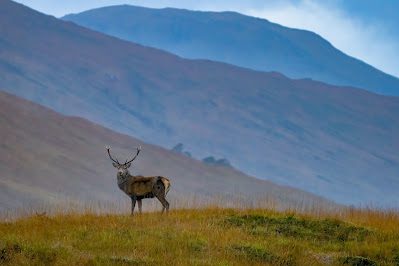
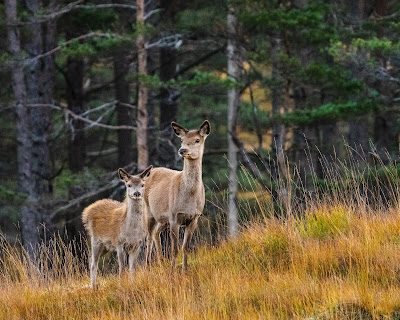
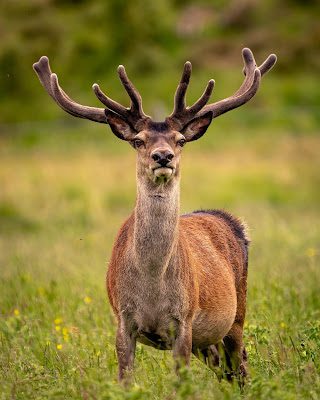
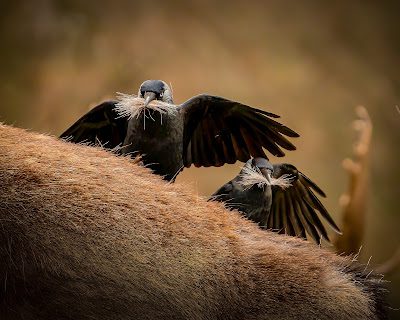
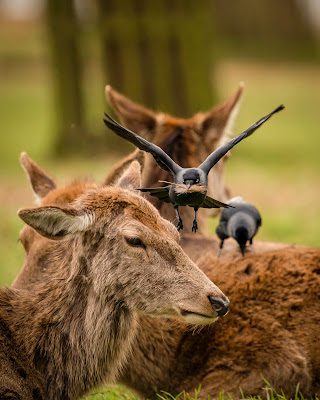
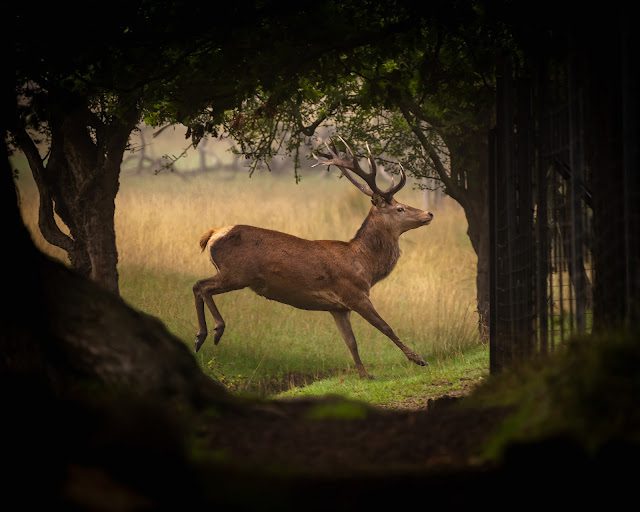
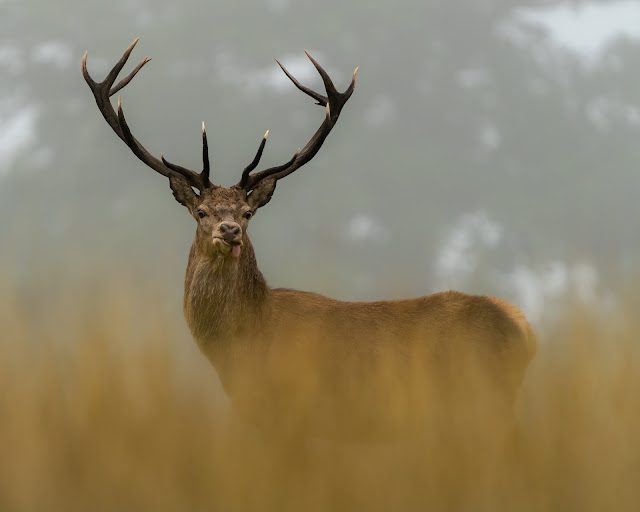
What’s in my kit bag?

If you have anything to add or ask me please use the comments below!
You may also like
Ancient Silhouettes – Photographing the Cormorant
Capturing the Magic of Kingfishers: A Photographer’s Passion by a River in Hampshire
Where to photograph Atlantic Puffins in the UK
Featured Posts
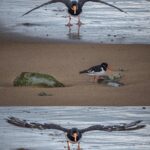
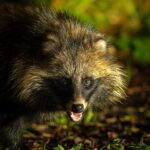
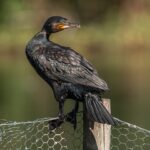
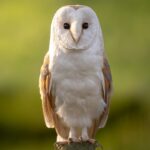
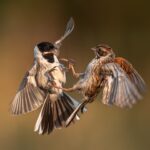
GET SOCIAL
INSTAGRAM
@paulbrowning.photography
@snowboard.paul
@macro.paul
TWITTER
@paul__browning_
FACEBOOK
@PaulBrowningPhotography
@snowboardpaul
@macro.paul.surrey
Get in Touch
GET SOCIAL
INSTAGRAM
@paulbrowning.photography
@snowboard.paul
@macro.paul
TWITTER
@paul__browning_
FACEBOOK
@PaulBrowningPhotography
@snowboardpaul
@macro.paul.surrey
